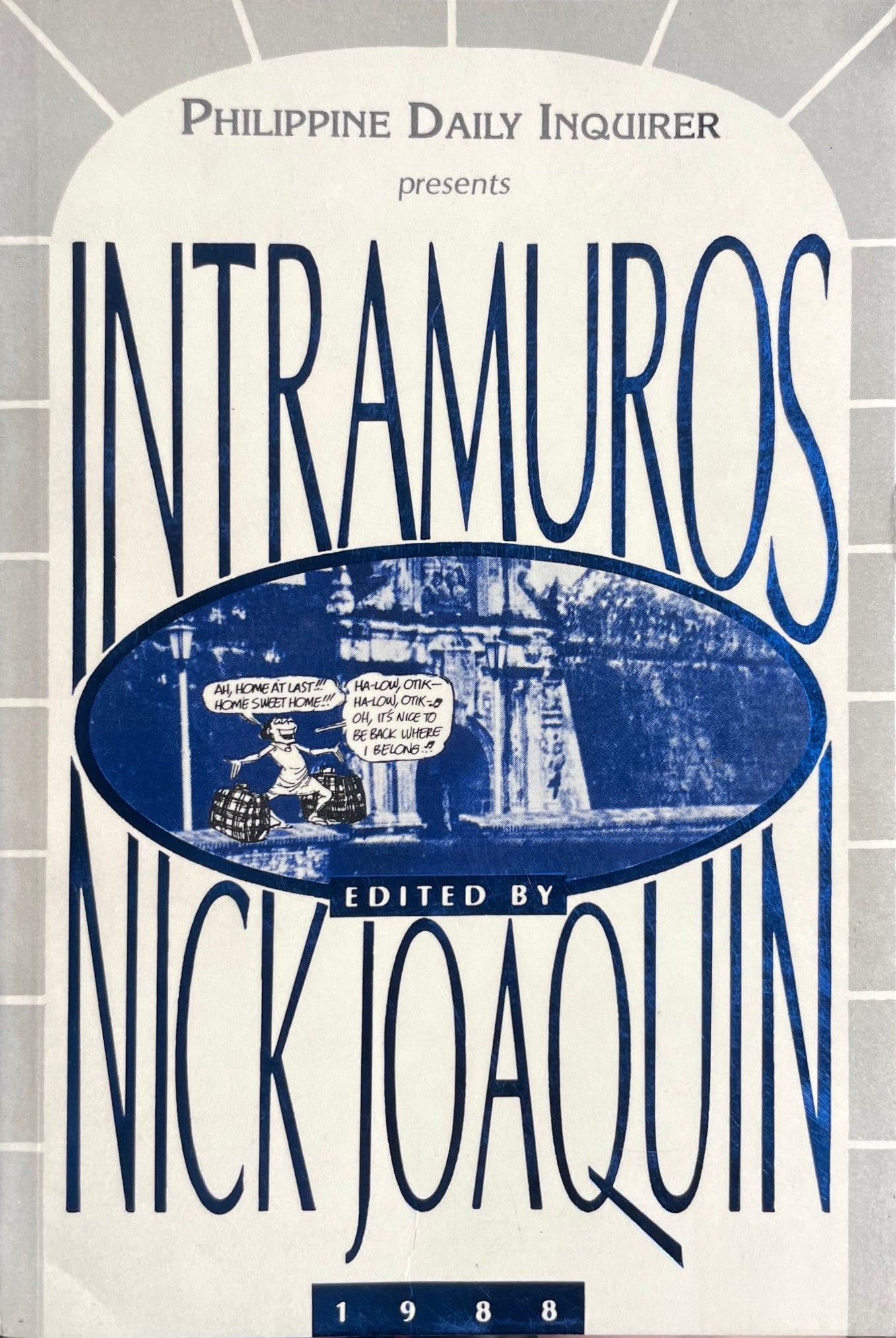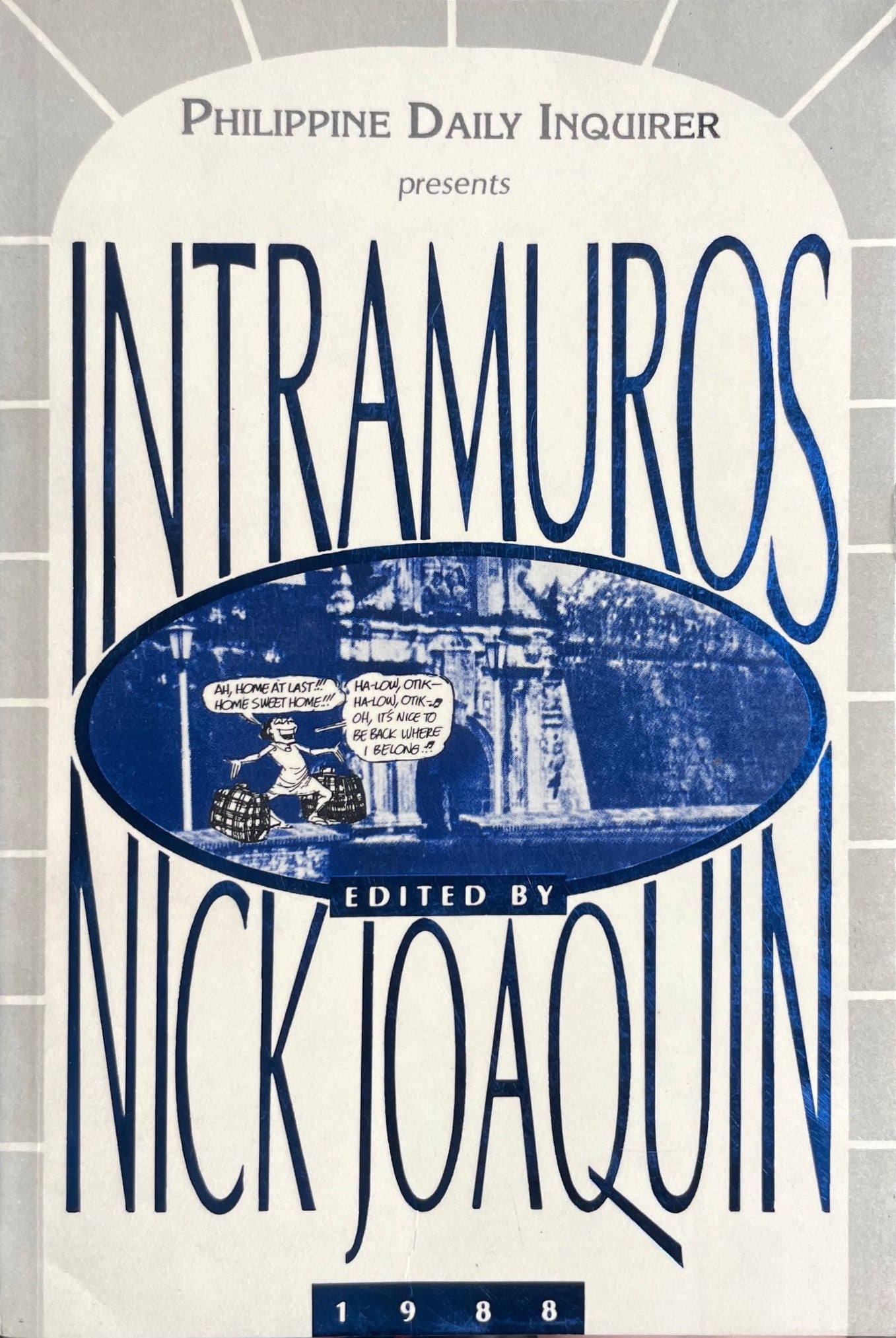Intramuros
Intramuros
Nick Joaquin
Couldn't load pickup availability
Share
Before 1500 A.D., our archipelago was dotted with Malay settle. ments, some of which were fairly advanced, but which were not or ganized into one nation.
But in May 1571, the Spanish conquistador Miguel Lopez de Legazpi arrived at Manila Bay and peacefully obtained a portion of land close to the mouth of the Pasig river from the Rajah of the place, Soliman or Sulaiman. On this site, Legazpi founded the City of Manila on 24 June and proclaimed it the capital of the whole country.
Sulaiman's palisaded settlement became Legazpi's medieval city of stone churches, offices and homes surrounded by a fortified wall and moat. Intramuros, the city within walls, became the eastern hub of the unprecedented galleon trade with the West.
Although in the first 260 years after the founding of Manila, natives were prohibited from residing in the Spanish enclave, their labor and skills were enfisted in the project. With the help of mestizos who first came to use the word Filipino, the natives gradually as serted themselves until they finally gained dominion at the turn of the 20th century.
Therefore, we restore Intramuros in order to recover the roots of our Filipino nation. For only when a nation locates its roots can it grow and prosper.
The Revolution of 1896, bred by the lessons of Intramuros, led us to the Revolution of 1986 at EDSA. It is fitting that in this period after the EDSA revolution, we rebuild Intramuros.
We rebuild not only the walls, the parks and the buildings of In tramuros. We also rebuild the skills and the crafts, the arts and the sciences that once flourished here.
By rebuilding Intramuros, we rebuild our Filipino nation.
Published in 1988 by Philippine Daily Inquirer, Inc.
140 pages / Paperback


